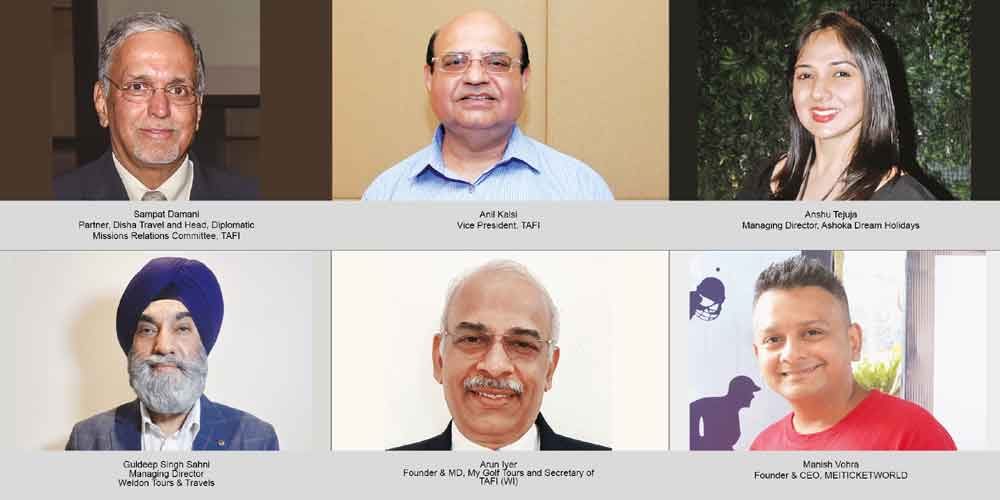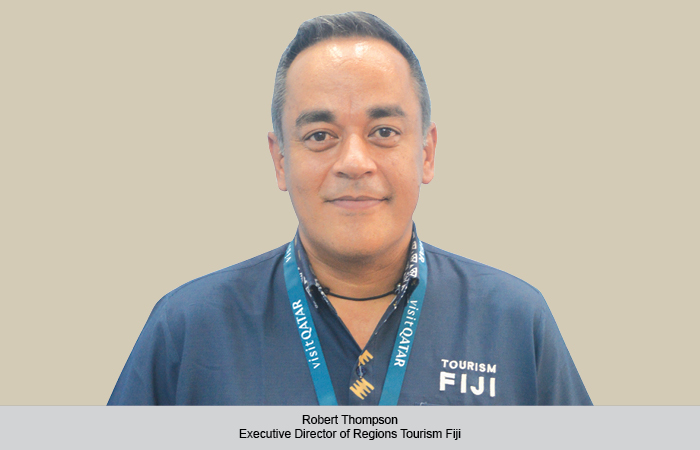A NITI Aayog working group under the chairmanship of Amitabh Kant has presented an action plan for improving management of heritage monuments of the country. In the recommendations, key action points for separate sections have been outlined.
The NITI Aayog report is an effort to understand current challenges for heritage management in India and to provide a future roadmap along with an appropriate branding of India’s invaluable archaeological and built heritage. The implementation strategy broadly covers following key points specified for PMO Working Committee mandate: Restructuring of ASI; creating a national database; connecting with people; defining byelaws for prohibited and regulated areas around monuments; support to state government and other organisations such as temple trust, Waqf boards and others; heritage as a tool for development and employment generation, and capacity building for heritage management at all levels in partnership with national and international institutions.
Develop site museums: Budget 2020-21 has proposed five archaeological sites to be developed as iconic sites with on-site museums. These should be completed in the next three years. ASI should finalise world-class projects for two site museums – Hampi and Sarnath – within the next three months. A model site museum should also be set up at Ahichchhatra archaeological site in UP.
World Heritage: A World Heritage Project Management Unit (PMU) involving World Heritage experts, ASI and other stakeholders needs to be set up to ensure following specific actions for World Heritage in India. There is also a need to strengthen conservation and management of 38 World Heritage Sites.
Institutional collaboration and skill development: Create an Indian Institute of Culture (IIC) and establish institutional collaborations with various national and international institutions and universities for training and capacity building.
Hunar se Rozgaar: The programme is under MOT and the Skill Development ministry. Attempts should be made to engage local persons and craftspeople in their home states and, also to support MNREGA Schemes for such employment.Considering the extended framework and mandate of ASI, the working group feels that the nomenclature should reflect more than ‘Archaeological Survey of India’ in its name. A number of new names have been presented but the most preferred one is ASHMI (Archaeological Survey and Heritage Management of India) with the acronym ‘ASHMI’.
Thematic heritage circuits
MOT’s initiative of Heritage Circuits does not cover the expanse of heritage variations that exist in India. So, ASI needs to consider packaging the iconic centrally protected sites in specialised circuits that link thematically in specific historic-cultural groups attracting not only the general tourist but also specialised academic tours, international visitors who selectively visit connected world heritage sites, historic architectural tours. A National Archaeological Database is also to be made.
Heritage tourism, revenue generation & marketing
- Adopt Revenue Generation Model through PPP Schemes
- Professional and focused marketing effort with Information
Technology and Promotion - Each ASI site to be treated as separate profit centre
- ASI revenues to be ploughed back to the site
- National Culture Fund to be made autonomous
- Processing of pending MoUs under Adopt a Heritage to
be accelerated - Crowdfunding/ community funding/ CSR to be targeted along with Complete Tourist Experience to cater to all segments of Society and Officials
- A Domestic Tourists Marketing Strategy needs to be developed and implemented for capitalising each heritage site to its optimum, interlinking both tangible and intangible benefits, events, programmes and performances beside the built heritage experience of the site
 TravTalk India Online Magazine
TravTalk India Online Magazine





